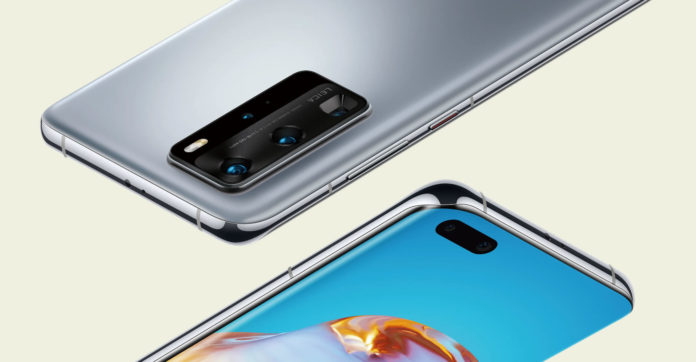Smartphone cameras have evolved to the point of matching if not beating in some cases traditional point-and-shoot cameras. In fact, smartphones have generally outdone traditional cameras when it comes to technology with some devices featuring very complex lens setup that makes us wonder whether we’ve already reached the brim of innovation in the sector.
And just like we overcame the era of phablets by embracing bigger handsets, gone are the days when the selfie camera used to be a thing. It has become a new normal to expect just as good front camera as the backside sensor. The evolution of bezel-less smartphone displays almost threatened the very existence of the so-called selfie cameras, but instead, gave way to notches and in some instances pop-up sensors that have fallen-short of mass adoption due to their practicality. We can therefore agree that of many pieces such as physical keypads that used to make up a handset and finally gave in to newer technologies, we don’t expect manufacturers to abandon a selfie snapper anytime soon.
Things have taken a different direction when it comes to the backside-primary camera, instead of adding a number of pixels and in some cases a camera flash, primary sensors have instead embraced diversity rather than improvements. While you’ll find a phone manufacturer adding more megapixels for the selfie camera, the backside camera will almost have additional sensors to capture different modes of the same photo and combine them into a single superb image.
Camera setups on smartphones
There’s a ton of camera setups that a manufacturer could possibly come up with. But the idea behind several sensors is often abused rather than used to make a meaningful sense to the average consumer. Having several sensors doesn’t necessarily mean superb camera shots, the likes of early Google pixels and iPhones used to achieve commendable quality shots just with a single lens.
To snap quality photos, you need more than just several sensors and many megapixels
The average consumers will probably make sense of what they see physically at the back of their devices, but there’s a lot that should be done under the hood with software to make that snap pop. That’s why the likes of Apple and Google thrashed the competition with usable shots is challenging environments such as night shots and moving objects. Smartphones being released now in the mid-tier segment will almost certainly have several sensors such as the recent Huawei Nova 7i, but what makes the difference is the actual implementation when taking those memorable moments.
The android world has already seen sensors with more than 100 megapixels, while this doesn’t necessarily mean they’ll be able to take first-class pictures, it does however allow to shoot more distant objects and generally take in more detail if well implemented in both hardware and software.
Most phone makers have branded their cameras to support Artificial Intelligence (AI), the AI term is just a fancy marketing term that means there’s some tweaks done by the device’s software to enhance its capabilities such as detecting various lighting conditions or moods. Some phones can detect when you’re smiling and enhance that magic smile, refine photos to look as if you had makeup on you and hide pimples that could otherwise spoil an incredible moment.
Types of smartphone camera sensors and what they mean
As mentioned earlier on, there are different types on cameras you’ll possibly find on a smartphone with multiple primary camera setups.
The Primary camera
Usually this is the main sensor with multiple megapixels under the hood to snap photos that will later be enhanced with details captured with other sensors.
Ultra-wide-angle camera
Like the name suggests, this is the sensor that captures an image at a wider angle. It’s very common with taking group photos to accommodate everyone, or taking a photo of a landscape that can only be envisioned as a whole to bring out the beauty.
The ultra-wide-angle sensor, is able to cover a much broader angle of view and is perfect for capturing the full view of a magnificent work of architecture, or of the far-stretching cityscapes. It can also easily fit the entire party into a group picture.
Depth sensor lens
The depth sensor has an important role in the setup to create studio-grade portraits by precisely blurring even the most complex background. This also works for multiple subjects. They’re used in smartphones to achieve portrait images that blur the background while keeping the subject in focus. it basically creates a 3D effect as well as measuring the distance of each point.
Telephoto Camera
A telephoto camera has a longer focal lens than normal that gives a narrow view and a magnified image. As we all know, one of the limitations with smartphone lenses is that they cannot change their focal length optically except periscope lens cameras, so manufacturers offer an extra camera with increased focal length. Users can therefore extend the reach of the camera without losing quality. In simple words, it gives you another zoomed in camera.
Macro camera
There have been mixed reactions as to what value the micro-lens actually adds to the smartphone photography. But in essence, macro camera lens are ideal for close-up shots, for instance small objects or insects or of a creative miniature world.

